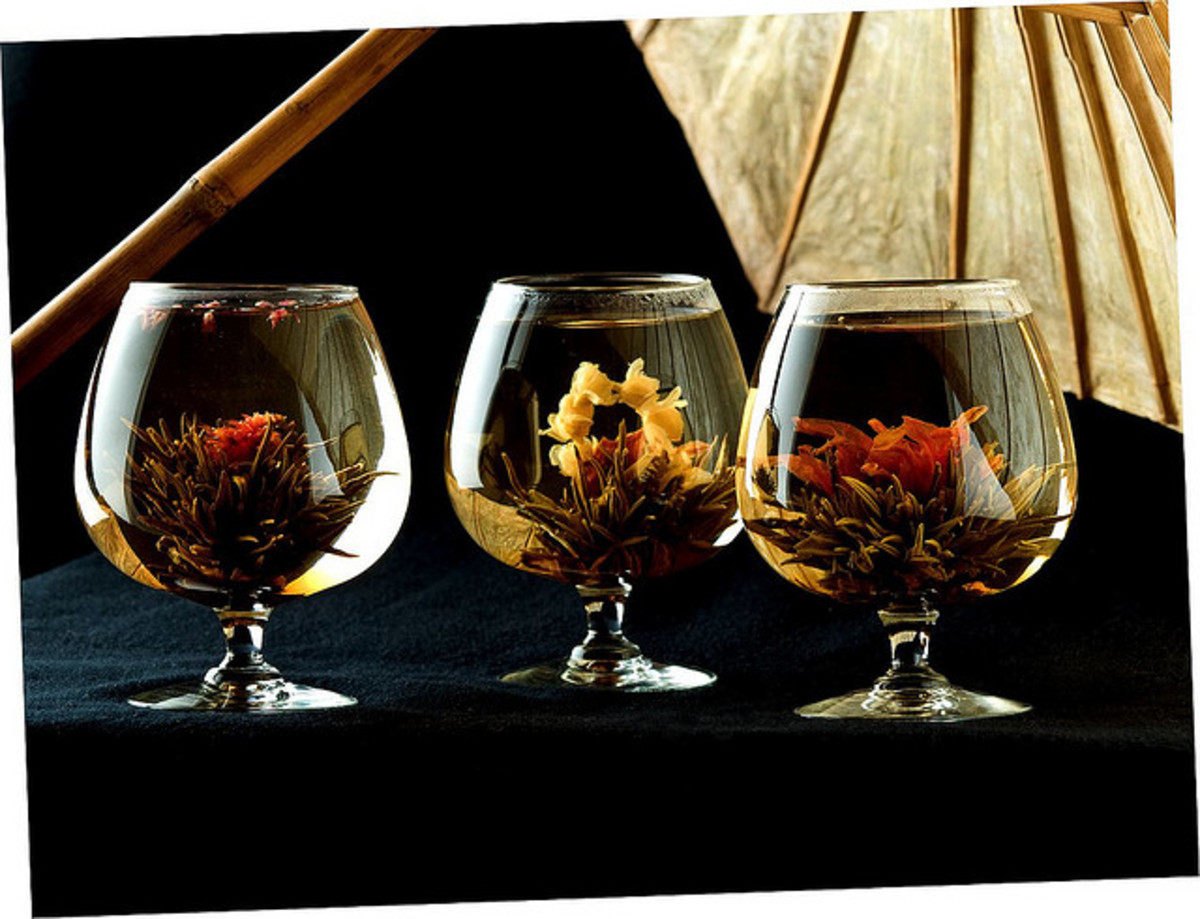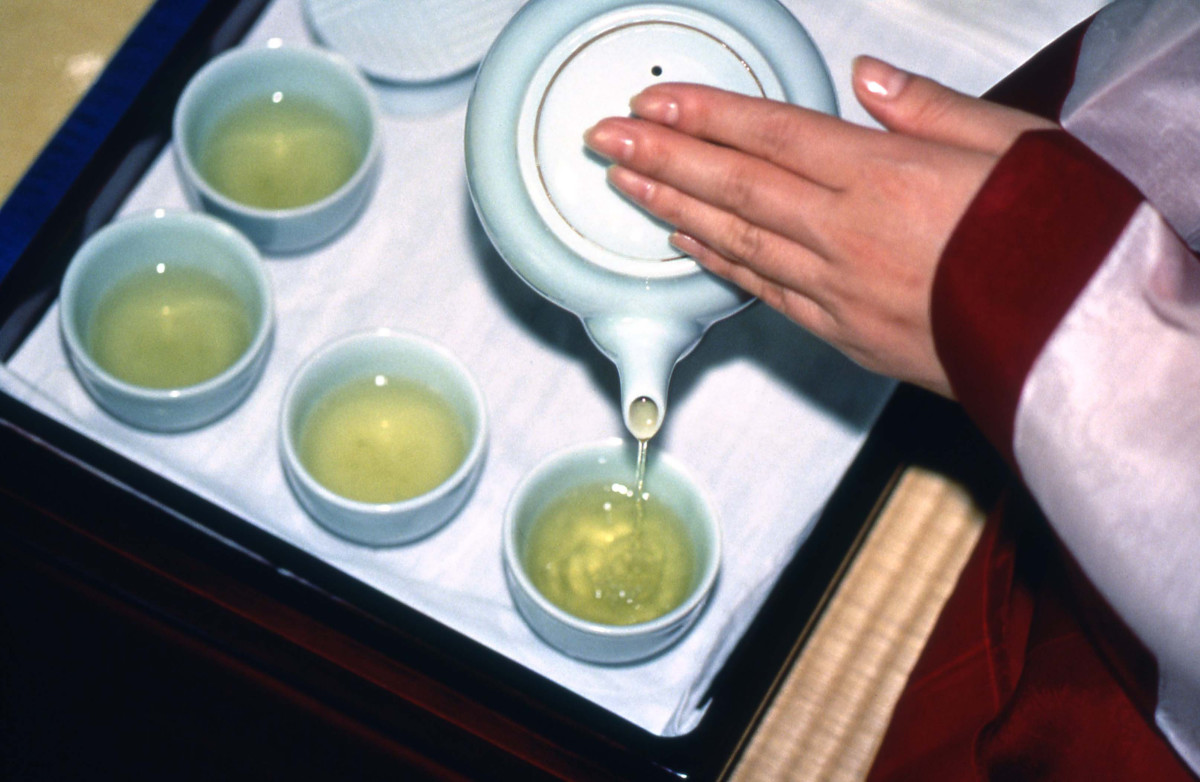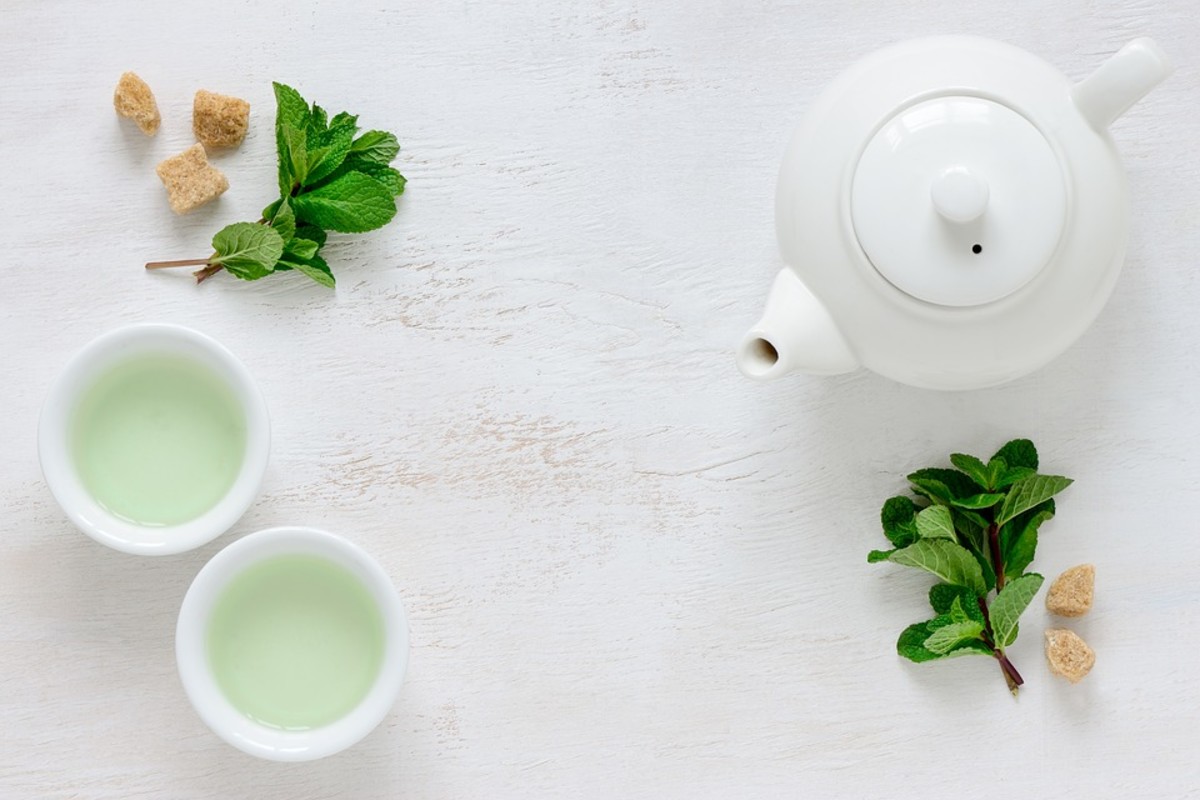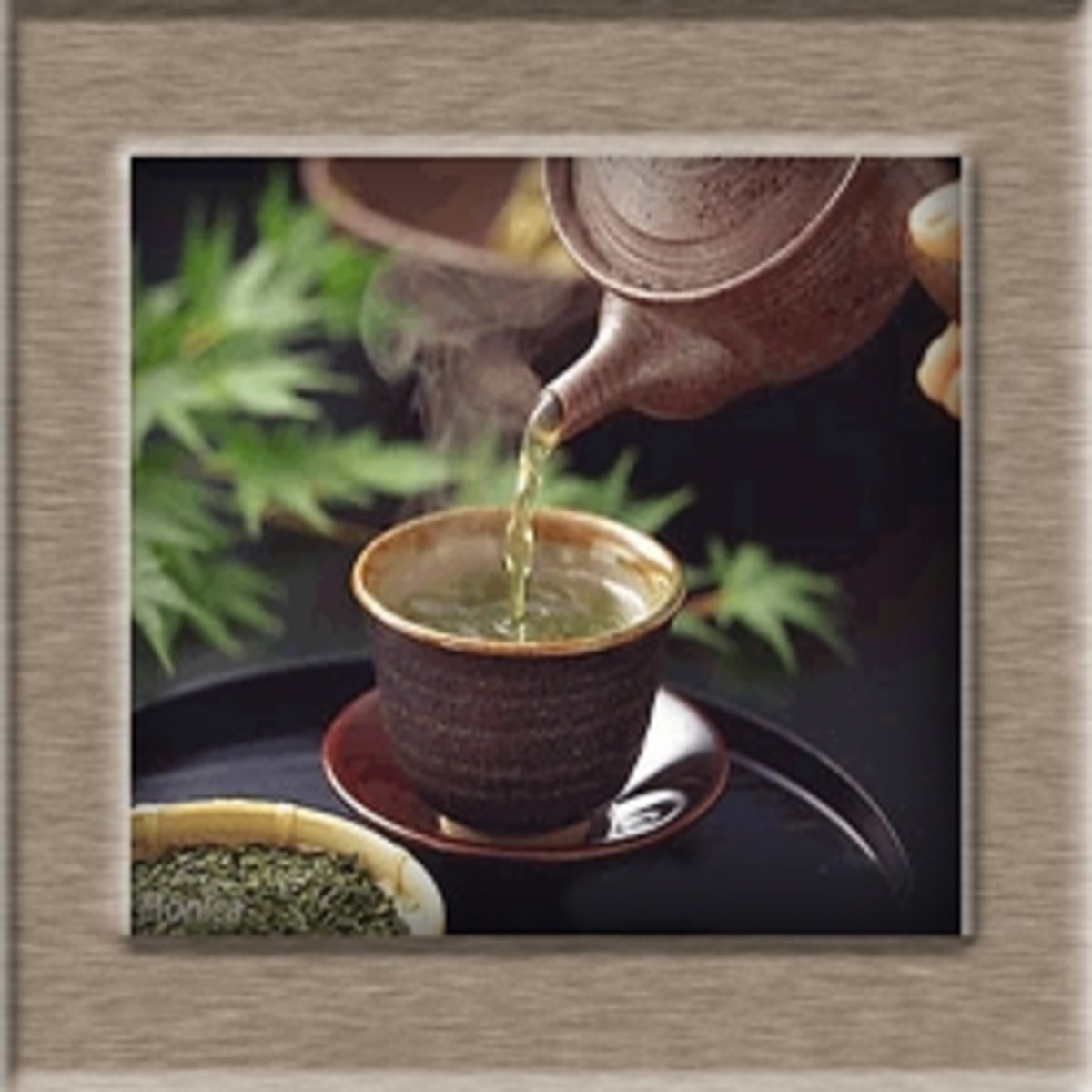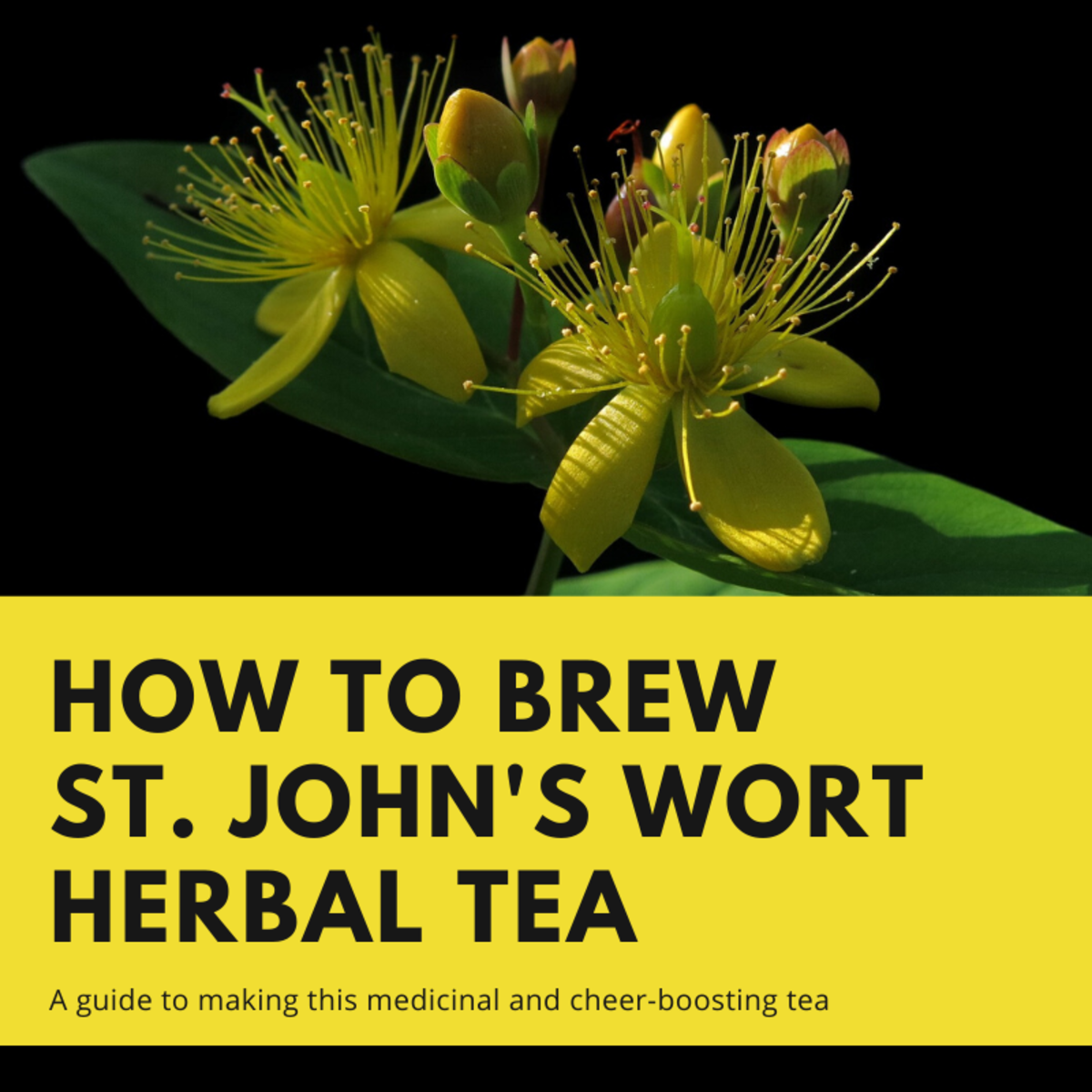Everything You Need To Know About Tea

Who Discovered Tea?
There are few interesting tales about how tea was discovered but the most popular one perhaps is from the Chinese version. Legend tells us that in 2737 B.C the first cup of tea was brewed in China when tea leaves accidentally fell into a boiling cup of water served to the Emperor Shennong, who is also known as the father of Chinese medicine. From here, the idea of “tea” is spread throughout the world.
In 800, A.D Luyu wrote the first book about tea. Shandong, China is also the place where you can find the world oldest tea leaves (2,100 years old), it was found in the tomb of an Emperor.
Today, tea is the world’s most consumed drink (not counting water).


Caffein: Tea vs Coffee
Tea contains half the amount of caffeine found in coffee. However, before being brewed, coffee beans has fewer caffeine than tea leaves. After brewing, a cup of coffee usually has more caffeine because it is more concentrated than tea. Due to the chemical structure and age, steeping tea (even black teas) at 200 degrees Fahrenheit for 5 minutes, dont make it leechs as much caffeine as your coffee. Not all teas have the same caffeine content, matcha green tea powder has the most caffeine and white tea often has the least caffeine.
Tea and coffee both have their own unique, delicate smell, you should not store your tea and coffee in the same cabinet to avoid “strong, competing aroma”
Benefits, & How Many Cups a Day?
While people can drink five to nine cups of tea safely, we should not drink caffeinated tea more than five cups a day. We should not consume too much added sugar in tea also. Too much caffeine can cause nausea, trouble sleeping, increased heart rate, anxiety, restlessness, and increased urination. That is also the reason why you should not drink more than five cups.
However, tea is a good source of polyphenols, a very good antioxidants. It also contains theaflavin, another antioxidant which can help alpha wave activity in our brain. The antioxidants in tea can also help fight against free radicals in our body linked to cancer, neurological degeneration and heart disease.
Although iced tea and ready-to-drink teas are very popular, they might not have the same content of polyphenol compared to brewed hot tea (which has the highest).
Decaf tea is recommended for those who are sensitive to caffeine. Otherwise, some experts suggest sticking to normal tea as the process of decaffeination may remove the antioxidants from the tea, just dont forget not to have more than you should.
It was claimed by researchers that drinking three cups a day can help our teeth in good condition. Black tea helps to fight against two type of bacteria – Lactobacillus and Streptococcus mutans – two of them are associated with gum disease and tooth decay.
Most Expensive Teapots

Types of Tea – Battles of the Teas
All tea comes from the leaves of the same plant – Camellia sinensis. Whether these leaves end up black or green will depend on how they are processed.
Green Tea
To produce green tea, they will harvest the leaves, wither and then heat them through pan-firing (Chinese style) or steaming (Japanese style). Since this process halts oxidation, the leaves still retain their color and flavor. One of the green tea benefits is that it has less caffeine than black tea (1/4 of caffeine found in coffee). Without oxidation, it is also means green tea has more preserved polyphenols and rich in EGCG (epigallactocatechin gallate).
Black Tea
To produce black tea, they will harvest, wither, and crush, tear, curl, or roll them to allow oxidation before being dried. This causes the leaves to become dark and have stronger flavor and aroma. Black tea is more acidic and contains more caffeine. The EGCG in the tea is also destroyed due to the fermentation process. However, black tea is still beneficial to your body.
Oolong Tea
Unlike green tea which is green in color, oolong tea is light brown in color. Flavonoids called catechins are contained in all fresh tea leaves, but compared to oolong tea, green tea has more catechins. The catechins in tea can reduce the risk of prostate, breast, ovarian and endometrial cancers.
Oolong tea is semi-oxidized and therefore has lower levels of polyphenols than green tea. These teas have long been cultivated in both Taiwan and China. To produce oolong tea, they will allow the leaves to wither and oxidize (8-85%) under strong sunlight. Oolong in Chinese language means “black dragon”.
White Tea
White tea got its name from the silvercolored, white hair-like picked tea bud. It is produced from unopened buds of tea shoots. They would wither these buds before drying them under special conditions. The beverage itself is pale yellow in color.
Both white and green tea has high nutritional values. White teas only have catechins as the flavonoid present while other mature teas have theaflavins, thearubigins, and catechins. Many people believe that white tea has more catechins than green tea but composition data proved that wrong. According to the National Cancer Institute, both green and white teas contain about the same amount of catechins. However, compared to green tea, white tea has less bitterness since they are plucked at an early stage.
Puer Tea
Different with black tea, which is fully fermented, puer tea is post-fermented. That means the processing of puer tea includes both fermentation and aging under high humidity. This type of tea is mainly produced in Yunnan district, China.
75% of all tea consumption in the world is actually black tea, it is also the most common tea in U.K, Europe, and United States. Green tea is more popular in China and Japan. Oolong tea is the most “fussy” type of tea whereas white tea being the least processed type of tea.

Herbal Tea is Actually Not a Tea
Herbal tea is not officially a tea. As you have already read that all the tea explained above come from the same plant – Camellia sinensis, herbal tea is not. Herbal tea is actually made from combination of different herbs. This drink can be prepared from steeping the stems, roots, flowers, leaves, bark or rhizomes of the particular herbs.
Most herbal teas are caffeine free, but certain herbs like Mate Latte contain caffeine. Since it can be made from any combination of different herbs, the health benefit will depend on the plant, herb, or root being used.

How’ bout Matcha?
Matcha literally means “powdered tea”. Unlike traditional green tea that you throw away the leaves after all the components get infused into your cup of hot water. With matcha, we are actually drinking.. or earting the actual leaves. Instead of steeped, this powdered green tea is whisked into hot water to form a frothy drink.
Before they are being harvested, the tea plants is covered with shade cloths. Shading boosts the plant’s production of chlorophyll, causing the leaves rich in green color. Due to the lack of sun, the photosynthesis of the leaves is also reduced, which in turn alters the naturally occuring levels of antioxidants, sugars, flavanols, caffeine and theanine. They are then selected by hand, steamed, dried and aged in cold storage before finally stone-ground into very fine powder.
Since matcha is made from the whole leaves, it has more nutrients but three times more caffeine compared to steeped green tea. Not only that, matcha is also reported to contain lead (may contain 30 times more lead than a cup of green tea), particularly tea grown in China.
Milk, is Both Tea & Coffee’s “Best Friend”
In the world of coffee, there are cappuccino, latte, macchiato, mocha and flat white, and all of them are made from the same main ingredients – coffee (espresso) and milk. In the world of tea, there are milk tea, Thai tea, bubble tea, and pulled tea (teh tarik), and all of them also made from the same main ingredients - tea and milk.
Thai tea is a popular tea from Thailand. The tea is deep amber in color and it is made from strong black tea, milk and sugar. The beverage is often spiced with other ingredients like star anise, cardamom, and crushed tamarind.
Pulled tea is a popular beverage in Singapore and Malaysia. It is made from black tea and evaporated milk or condensed milk. In both Malaysia and Singapore, this drink is also called “teh tarik” which means “pulled tea” due to the “pulling” process of the drink. Teh tarik has been considered as Malaysian’s national drink.
Bubble tea, also known as bubble milk tea is a popular tea-based drink from Taiwan. This drink is made from tea and milk (or sometimes fruit), and the “bubble” here is the chewy tapioca balls or fruit jelly.
97% of people take their tea with milk, and only about 35% take sugar in tea.

Paper Tea Bags Cause Cancer?
It is reported that paper tea bag contain epichlorohydrin, this is a compound used for pesticide. When it is intact with water, epichlorohydrin beomes active and thus can harm your immune system and cause infertility.
Pouring very hot water into a cup with plastic teabag can also cause health issues. The tea bag is usually made from plastic that can actually leak out toxic chemicals when exposed to heat. Some tea bags are also chroline-bleached.
Related Hubs
- Everything You Need To Know About Coffee Beans
Another “most expensive coffee” also comes from animal’s poo. This time not from a small mammal but a big one – elephant.. - Facts About Sugars
Today, many product manufacturers are very good at disguising the word “sugar”, they use other complicated words to mask its presence. Here are some of the common nicknames they use..






